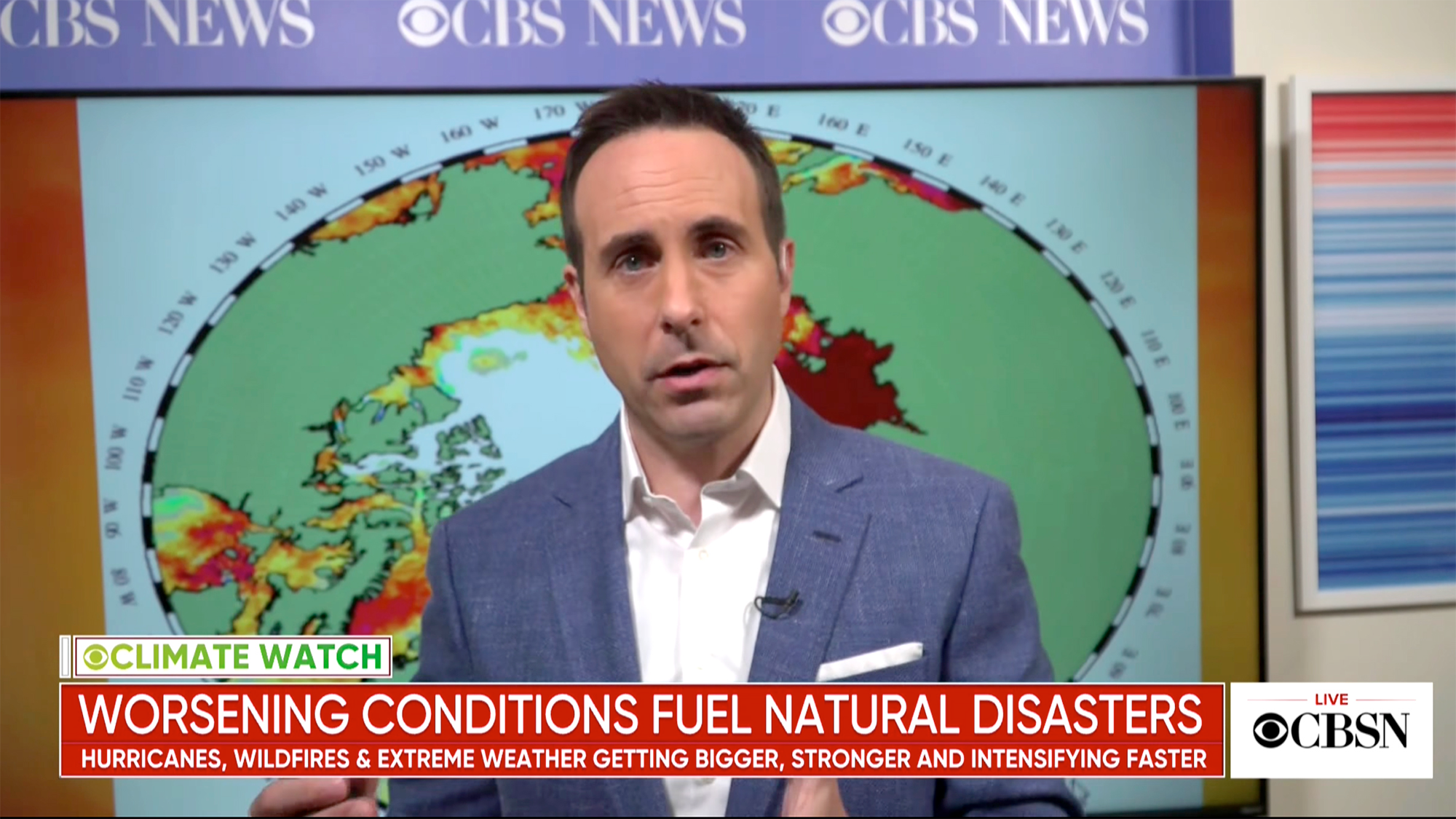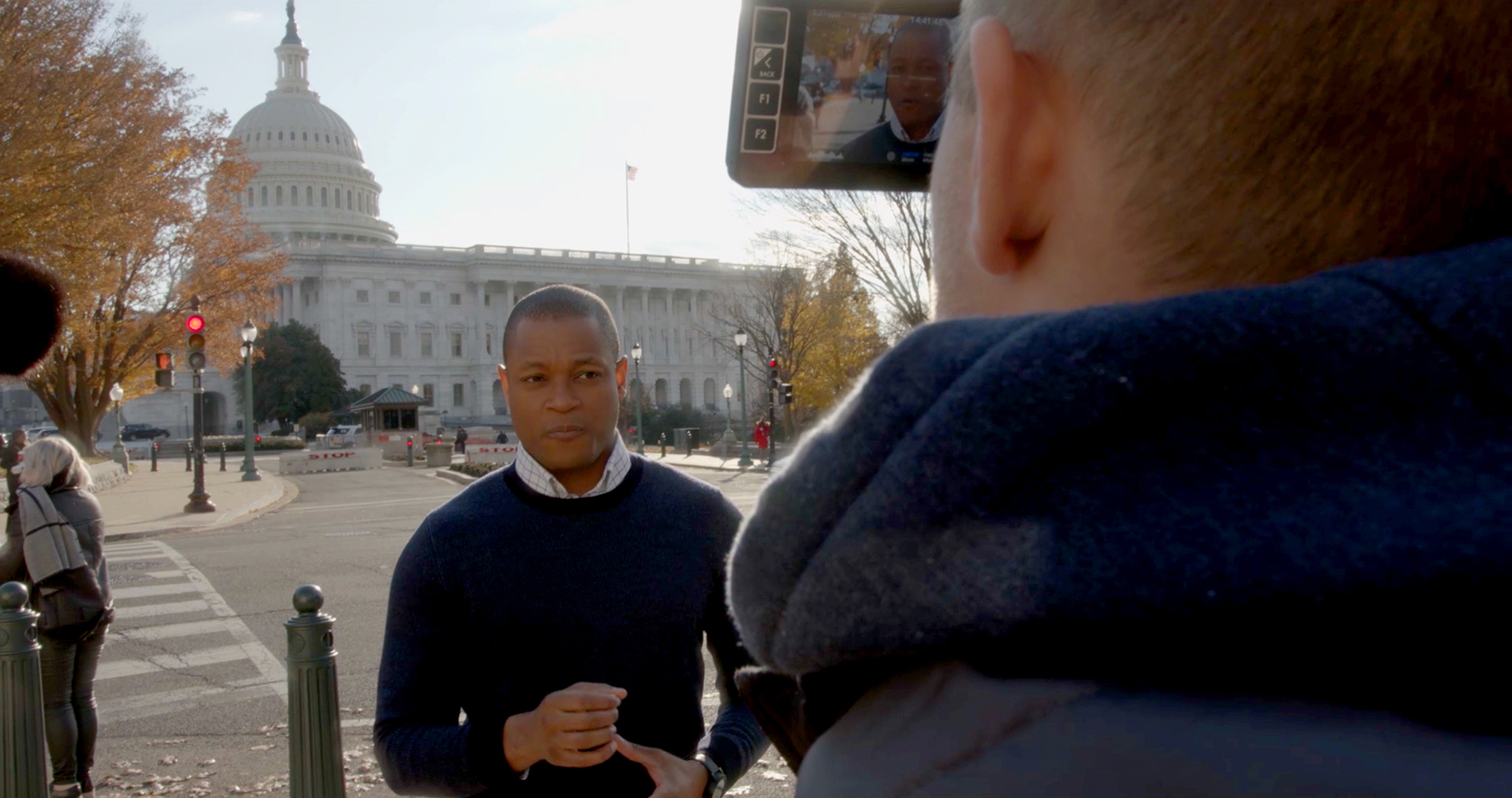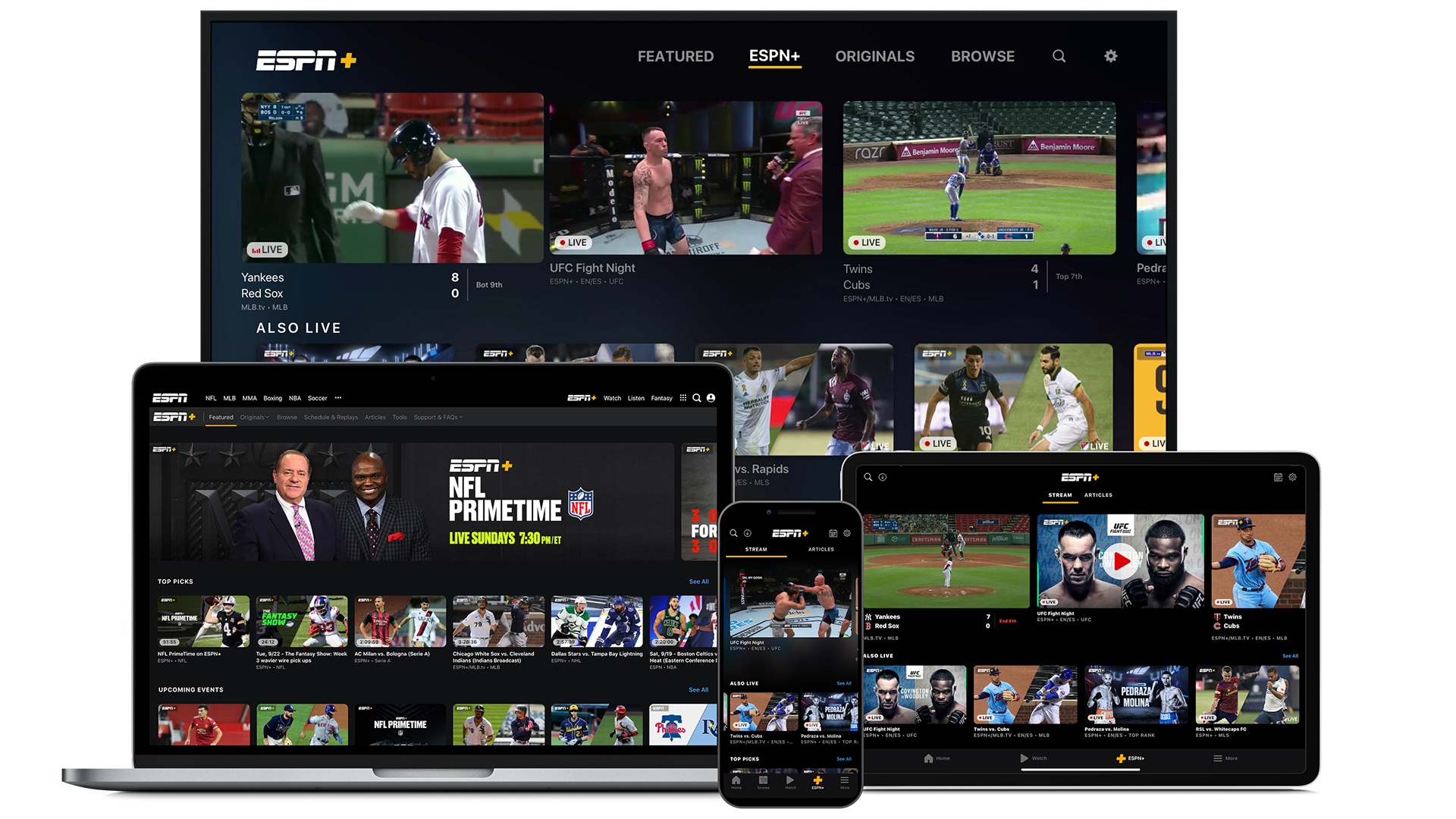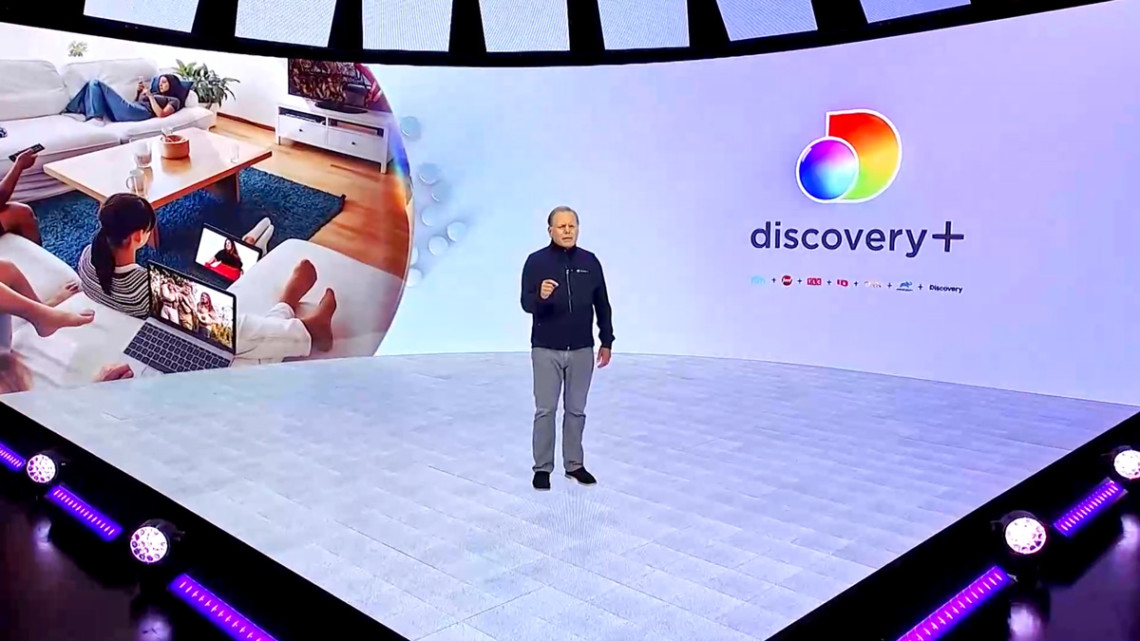Beyond Cord-Cutting: Reinventing Multichannel TV
New video strategies are blurring lines between streaming, OTT and pay TV

While all of the major programmers are touting their commitment to streaming and pouring billions of dollars into developing new content for those services, they are hardly abandoning the pay TV industry.
“I’d say the challenge for us and everyone else continues to be how to reach and engage with consumers across a bunch of different options,” including direct-to-consumer and traditional pay TV, noted Disney Platform Distribution president Justin Connolly. “We still have, and we expect to continue to have, really strong relationships with a host of third parties in the multichannel environment, and we will continue to invest in those relationships because there are consumers who want those services.”
Rick Cordella, executive VP and chief revenue officer at NBCUniversal’s Peacock, expressed similar sentiments. “I think Peacock is positioned to be complementary to the pay TV ecosystem,” he said. “We are not hoping to pull people out of that bundle, we are hoping to add to what people are already consuming from the streaming standpoint.”
A key question is how quickly the traditional pay TV universe will decline.
“If you look ahead 10 years, I think everyone, including the big cable operators, would probably predict that there will be more direct to consumer,” explained Andy Forssell, executive VP and general manager of WarnerMedia Direct-to-Consumer. “But nobody knows at what rate. So for us it involves a little bit of a balance and a recognition that consumers are going to decide. Given the trends in multichannel subscriber homes the last couple of years, you would assume that world would drop a little but there are tens of millions of those customers and they are really important to us.”
Ian Olgeirson, research director at Kagan, the media research unit of S&P Global Market Intelligence, noted that in 2020 “we saw an acceleration of defections from traditional multichannel service and for the most part those are doing to streaming services,” though the losses were much less severe in the third quarter of 2020.
Kagan data shows that in the first nine months of 2020, traditional multichannel TV subscribers declined by more than 5.6 million, down 6.8%, compared to a drop of 4.9 million subscribers, or 5.5%, in the first three quarters of 2019 and a drop of 3.1%, or about 2.9 million subscribers, in 2018.

Consumer Centric
To thrive in this rapidly shifting landscape, researchers stressed that companies will have to better understand consumer trends and rethink some of the old debates over streaming that no longer reflect the realities of the video business.
The smarter way to stay on top of the multichannel video marketplace. Sign up below.
“We talk about cord-cutting as a central issue, but it is really bigger than that,” Adriana Waterston, senior VP of insights and strategy at Horowitz Research, said. “It is really about the ongoing value of multichannel services.”
The lines between over-the-top video and pay TV are rapidly blurring, she said, with traditional cable operators adding SVOD services and streaming platforms like Roku offering live linear channels.
“What is going to be the actual value of a multichannel subscription when really all of the major media brands, with a handful of exceptions, can be accessed direct-to-consumer?” she asked. “What does that mean for the premise, the whole business model of multichannel TV?”
Meanwhile, many programmers are crafting streaming strategies that look far beyond their old focus on cord-cutters. “I think people are now recognizing that streaming is just TV and placing less emphasis on just the mindset of the cord-cutter,” Newsy chief of staff Tony Brown said. “Cord-cutting isn’t about a single particular mindset. In many ways it is a ubiquitous swath of the audience.”
Added NBC News Group executive VP of digital Chris Berend: “We’ve reached a state where streaming is no longer a niche experience and the connected consumer is no longer young first adopters. You are getting parents and grandparents using these apps.”
Old debates about cord-cutting can also obscure real consumer trends and changes in the business of multichannel TV. “Subscriber net losses are as much about provider strategy as they are about consumer behavior,” stressed Bruce Leichtman, president and principal analyst at Leichtman Research Group.
“Over the past two years, AT&T has lost a significant number of pay TV subs,” Leichtman said of the DirecTV parent. “Over the last year, AT&T has accounted for 72% of all pay TV net losses. That wasn’t purely because consumers said, ‘I hate my satellite dish.’ There was not a dramatic increase in disconnects, but there was a slowdown in connects, because AT&T had a change in strategy and marketing” and was not heavily promoting the services.

Virtual Rebound?
Rethinking trends in the pay TV industry is also important because various operators and sectors have responded differently to consumer demands for new packages and content, producing notably different results.
The top pay TV operators serving about 95% of the market lost about 120,000 net video subscribers in the third quarter of 2020, Leichtman noted, far fewer than the 945,000 lost in the third quarter of 2019. Virtual multichannel video programming distributors (vMVPDs), such as Sling TV or YouTube TV, “had the best third quarter they’ve ever had and the whole pay TV industry the best quarter since 2018,” he said.
Consumers had embraced vMVPDs because they were generally less expensive and offered more flexible video packages. But growth slowed in 2019 as vMVPDs raised prices and saw subscriber declines in the first half of 2020 as live sports disappeared from the air.
David Gandler, co-founder and CEO of FuboTV, noted that “in the first quarter pundits were saying it was all over for virtual MVPDs, but then in the third quarter there was clearly pent up demand for sports” and subscriptions dramatically increased with the return of live sports.
“I think that vMVPDs will continue to take share, not only subscriber share from the traditional services, but I think they also start to take significant amount of time share in the video ecosystem and their share will be dramatically higher in 2021 than it was in 2020,” Gandler said, adding that FuboTV subscribers now spend about 120 hours a month on the platform.

I Want My OTT
While operators continue to offer large traditional video packages, they’ve also embraced the idea of creating a variety of new products that include OTT content.
“Do we want to start teaming up [with] more OTT providers?” Altice USA CEO Dexter Goei said during the company’s Q1 2020 earnings call, reflecting widespread industry sentiment. “Absolutely. We are in all those discussions as you may expect.”
“The video business is changing and we are innovating accordingly,” added Jodi Robinson, senior VP of digital platforms at Charter Communications. As part of that effort, Charter has developed lower-cost packages “targeted primarily at customers that are not currently purchasing our traditional video product,” she said. “Going forward, we will offer even more tailored programming packages.”
Cox Communications senior VP of marketing operations Kristine Faulkner stressed the importance of rethinking video packages and offering consumers more choices.
“We are focused on hitting two primary segments,” she said. “Those are the more traditional sports enthusiasts who want it all and those who are really looking for a better search and discovery experience for their streaming services.”
All of this is part of a sea change in the way operators are thinking about their business, TiVo VP of product Chris Thun said.
“Several years back, I’d get into religious debates with operators about whether it was really good for operators to combine OTT with linear or should the operator content be in a walled garden,” Thun said. “That phase is gone. I’m never in those debates any more. Everyone has accepted the idea.”
Operators are also looking at video packages as a way to keep broadband customers, which have become the bedrock of their business. “They are saying we have a growing segment that isn’t taking video from us and are broadband-only customers,” Thun said. “That is actually their most profitable segment, and to make it more profitable they want to reduce churn.”
This also opens up some opportunities for smaller niche programmers who can attract loyal audiences. “People are looking for brands they value and trust where they can go for news and entertainment,” said Patrice Courtaban, chief operating officer of TV5Monde USA, adding that the premium French-language channel saw reduced churn in 2020, increased viewing and more use of the authenticated TV everywhere app. “That is where we can help operators reduce churn.”
The explosion of content, though, creates problems for consumers and high levels of churn in the streaming world. “We still see high levels of churn,” Andrew Hare, senior VP of digital research and strategy at Magid, said. “About one in five say they sign up for an SVOD to watch a show and that they intend to cancel after they binge through it. The premiums have always had churn issues, but I think there is now a churn mindset in streaming.”

Churn Busters
To reduce churn and retain customers, pay TV operators and streaming services should try to improve the consumer experience, said Devin Emery, chief product officer and executive VP of content strategy at CuriosityStream. “Making it easier to find content is extremely important to consumers,” he said, adding that “we think our strength is becoming the best portal for factual content.”
In general, it’s important to be customer-focused. “One problem the traditional MVPDs have is the poor consumer perceptions they have gotten over the years,” Horowitz’s Waterston said. “Today, the product offering may better conform to what consumers want but the brand perceptions are still there. Nothing is really going to change until they deal with those perceptions and the very real problems they have with customers today.”
